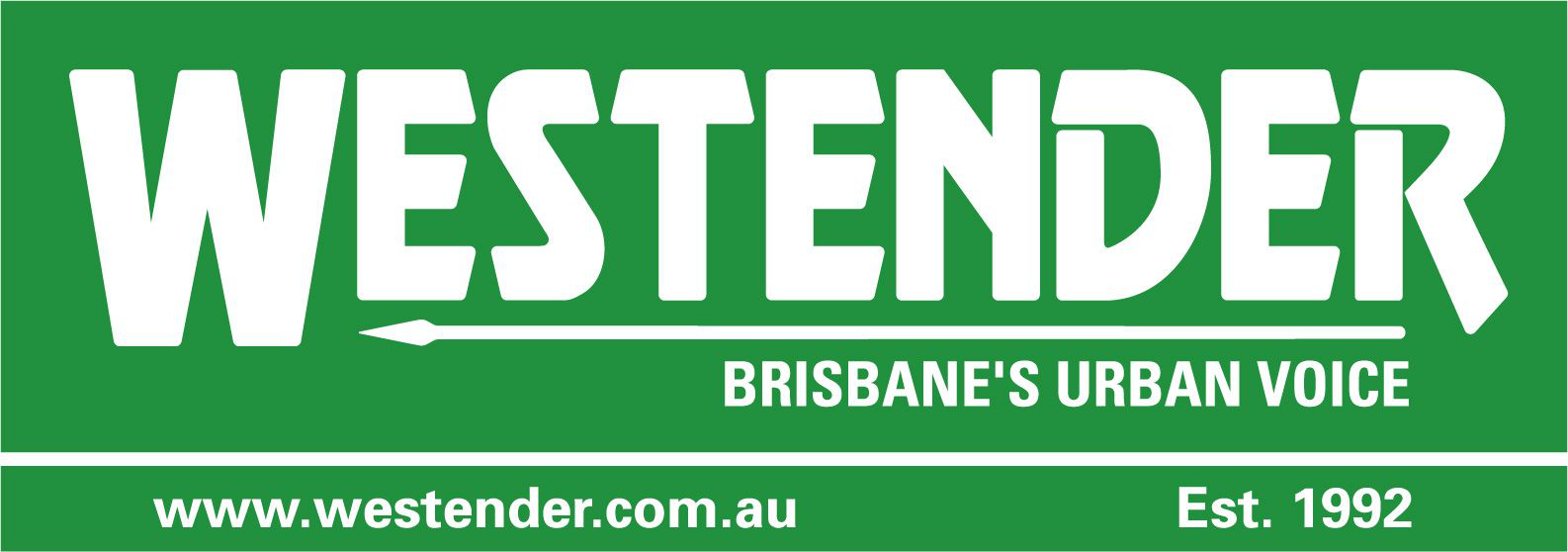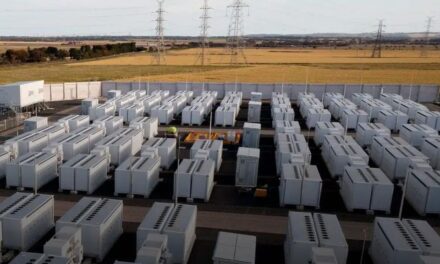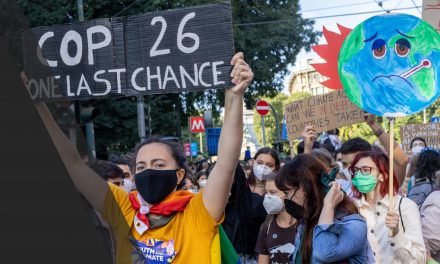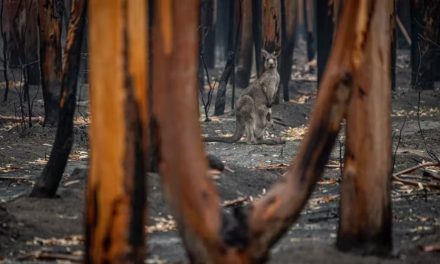On Saturday, the Minister for Environment, and the Great Barrier Reef, Leeanne Enoch, announced that the Palaszczuk Government has released a new strategy detailing how protecting and revitalising national parks will play a vital role in supporting economic recovery for Queensland.
“The Palaszczuk Government will invest $28 million in the strategic acquisition of properties across the state for dedication as protected areas. This is in addition to the $6.5 million currently held for strategic acquisitions in far north Queensland for which negotiations are already underway,” Minister Enoch said.
“A further $8 million will also be spent to expand the Private Protected Areas Program that supports landholders to establish Nature Refuges and Special Wildlife Reserves on their land.”
The Government is doubling the number of Indigenous Land and Sea Rangers to 200 to support the role of First Nations peoples in co-stewarding Queensland’s environment.
“Partnering with First Nations peoples is at the heart of our 10-year plan, with First Nations’ knowledge and expertise critical to delivering outcomes.”
“This new Strategy provides a pathway to manage and grow our protected area system—providing real benefits to Queenslanders and First Nations peoples and delivering strong environmental conservation,” Ms Enoch said.
The announcement was welcomed by leading environmental groups, The Queensland Conservation Council (QCC), National Parks Association of Queensland, Pew Charitable Trusts, WWF Australia and the Australian Conservation Foundation.
Sophia Walter, Queensland Manager for the Pew Charitable Trusts, said the Strategy’s emphasis on improving engagement with First Nations people for protected area expansion and management across the state is welcome.
“Investment in protected areas will help to support the state’s economic recovery, and we will be seeking further investment in next year’s state budget,” said Sophia Walter.
Andrew Picone, QCC’s Protected Area Program Coordinator, said the release of the Protected Area Strategy has the potential to be a turning point on expanding and caring for our national parks and nature refuges. He said an ambitious plan needs to be matched with ambitious funding.
“That’s what we’ll be looking for from all sides of politics in the coming weeks and months,” Mr Picone said.
“But the addition of measurable targets for expansion and management will be critical elements for this strategy to be effective.”
President of the National Parks Association of Queensland, Susanne Cooper, said investment is needed now to secure the national parks legacy for the State’s children and grandchildren.
“Queenslanders love to get out in national parks, the cornerstone of our tourism industry. Investment in national parks and the jobs they bring should be a key plank in our economic recovery.”
“A $60 million down payment is a solid kickstart for the strategy, but we need to see investment of at least $135 million a year to restart progress on fulfilling the government’s vision of a ‘world class’ protected area estate,” Susanne Cooper said.
Martin Taylor, WWF Australia’s Protected Areas and Conservation Science Manager, said the Strategy underscores the enormous economic, social and environmental benefits of protected areas for Queensland.
Despite having more plant and animal species than any state or territory, the joint organisations say that Queensland currently protects the least proportion of land or any state or territory at just 8.2 per cent: well below the Queensland Government’s target of 17 per cent protection, in line with international targets.
The organisations are jointly calling on parties to:
- Expand and better manage Queensland’s national parks to protect wildlife and support tourism and regional development (an additional $55million per year with additional increments in base funding for QPWS to manage new parks as appropriate);
- Increase investment in the Queensland Indigenous Land and Sea Ranger Program ($47.5 million over four years; 100 new positions);
- Support nature refuges landholders by expanding and improving the Nature Refuges Program (an additional $24million per year with an annual increment of $4 million to support expansion of the network);
- Continue investment in the Cape York Tenure Resolution Program.
“We call on all parties to commit the resources needed to build a world-class protected area system,” Mr Picone said.
Cover image, Shutterstock






I’m happy to hear that the Queensland Government has released their Protected Area Strategy. Queenslanders know that we’re spoiled with the most unique ecosystems in the world, from deserts, to rainforests, to coral reefs. But we fall behind in protecting it with only 8% protected.
One of the things I appreciate about our country is just how much we have yet to learn about it. By properly funding our protected areas and conservation jobs, we can uncover so much more about our natural heritage and ensure that ecosystems and threatened species thrive into the future, all the while providing the much needed boost to the economy to bounce back from COVID-19.